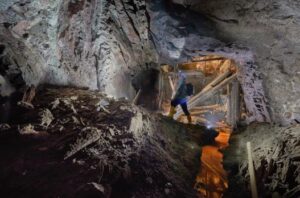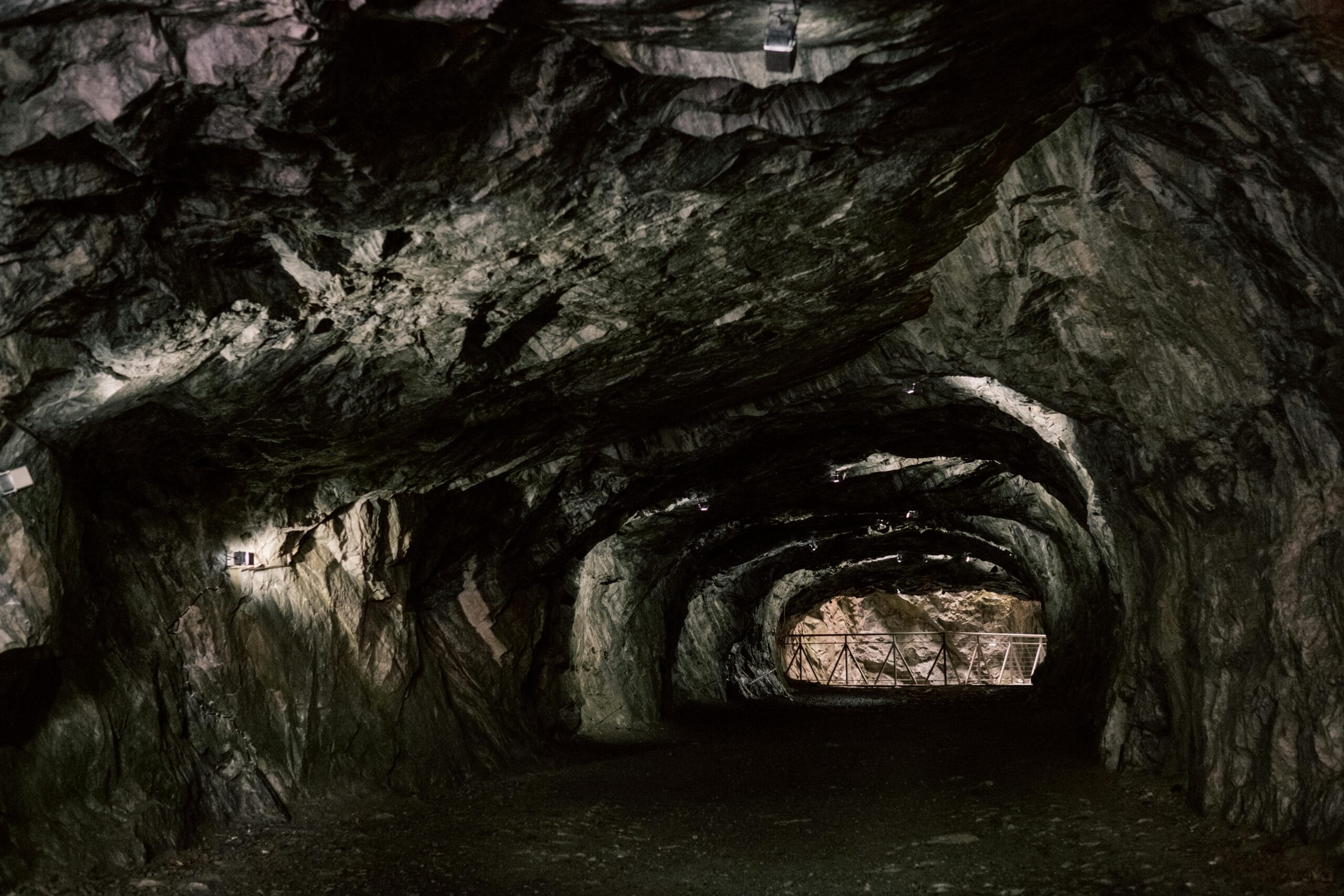Underground mining is a cornerstone of modern resource extraction, providing access to the minerals and metals essential for infrastructure, technology, and energy production. While it offers distinct advantages over surface mining, it also comes with unique challenges and complexities. This article explores the benefits and challenges of underground mining, including its environmental, economic, and social impacts, as well as innovations shaping its future.
Key Advantages of Underground Mining
Underground mining offers several benefits that make it a preferred method for resource extraction in certain contexts:
Safety Improvements and Risk Mitigation
Advancements in technology, such as automated machinery and remote monitoring, have significantly enhanced worker safety by reducing direct human exposure to hazardous conditions.
Reduced Environmental Impact Compared to Surface Mining
Unlike surface mining, which can result in massive land disturbances, underground mining minimizes visual and ecological disruptions, preserving landscapes and habitats.
Access to Deeper Mineral Deposits
Underground mining enables the extraction of valuable resources located at great depths, which surface mining methods cannot reach effectively.
Resource Accessibility
It allows mining companies to extract minerals beneath urban areas or environmentally sensitive regions without causing major disruptions above ground.
Safety for Communities
By minimizing surface disturbances, underground mining reduces risks such as noise pollution, dust generation, and large-scale deforestation that often impact nearby communities.
Economic Benefits
Underground mining contributes to local and national economies by generating revenue, creating jobs, and fostering infrastructure development in mining regions.
Challenges Faced in Underground Mining Operations
Despite its advantages, underground mining presents a range of challenges:
High Initial Capital and Maintenance Costs
The construction of underground mines, including tunnels, shafts, and ventilation systems, requires substantial investment and ongoing maintenance.
Safety Concerns and Worker Health Risks
While safety technologies have improved, miners remain exposed to hazards like rock falls, gas leaks, and poor ventilation, which can lead to respiratory issues and accidents.
Technological and Operational Limitations
Mining at extreme depths increases operational complexity, requiring advanced equipment and expertise, which may not be readily available in all regions.
Resource Depletion
Underground mines face diminishing returns over time as accessible deposits are depleted, requiring companies to explore new areas or adopt alternative mining methods.
Social Impact
Mining operations can disrupt local communities, affecting their way of life and sometimes leading to displacement or conflict.
Regulatory Challenges
Strict environmental and safety regulations, while necessary, can delay projects and increase operational costs.
Technological Innovations Shaping the Future of Underground Mining
Technological advancements are revolutionizing underground mining, making it safer, more efficient, and sustainable:
Automation and Robotics in Mining Operations
The use of automated machinery and robotics reduces the need for manual labor in hazardous environments, improving both efficiency and worker safety.
Advances in Ventilation and Monitoring Systems
Modern ventilation systems ensure the circulation of clean air, while real-time monitoring tools detect gas levels, structural integrity, and environmental changes.
Sustainable Mining Practices and Green Technologies
Innovations like electric-powered mining equipment, water recycling systems, and renewable energy integration are helping to reduce the environmental footprint of underground mining.
Economic Impact of Underground Mining
The economic significance of underground mining extends beyond resource extraction:
Contribution to Local and Global Economies
Mining operations generate substantial revenue through the production of valuable minerals, supporting industries like construction, manufacturing, and technology.
Employment Opportunities and Skills Development
Underground mining creates jobs for engineers, geologists, and laborers, as well as opportunities for skills development in high-demand fields.
Cost-Benefit Analysis of Underground vs. Surface Mining
Although underground mining involves higher initial costs, its reduced surface impact and ability to access deeper deposits often yield greater long-term benefits.
Environmental Considerations in Underground Mining
The environmental impact of underground mining requires careful management to minimize harm:
Waste Management and Pollution Control
Proper disposal of mining waste and treatment of contaminated water are critical to preventing pollution. Technologies like tailings dams and water filtration systems play a key role in this effort.
Rehabilitation of Mining Sites
Revegetation and land restoration projects help return mined areas to their natural state, promoting biodiversity and environmental stability.
Long-Term Environmental Monitoring
Regular monitoring ensures that potential issues, such as groundwater contamination or land subsidence, are identified and addressed promptly.
Safety Protocols and Risk Management in Underground Mining
Ensuring the safety of workers and surrounding communities is a top priority in underground mining:
Underground Mine Safety Standards
Strict adherence to safety standards, including proper use of personal protective equipment (PPE) and adherence to ventilation requirements, minimizes risks.
Crisis Management and Emergency Response Plans
Comprehensive training and well-prepared emergency response teams ensure quick action in case of accidents or natural disasters.
Training and Technology for Worker Protection
Regular safety training and the adoption of wearable technology, such as gas detectors and health monitors, enhance worker protection.
Future Prospects: Is Underground Mining the Key to Resource Sustainability?
Expanding Resource Accessibility
As surface deposits are depleted, underground mining will play an increasingly vital role in meeting global resource demands.
The Role of Underground Mining in Meeting Global Demand
By focusing on efficient and sustainable practices, underground mining can help address the growing need for minerals used in renewable energy technologies and advanced manufacturing.
Balancing Economic Growth with Environmental Responsibility
The industry must prioritize environmental stewardship and community engagement to ensure that mining contributes to long-term sustainable development.

Regulatory and Ethical Considerations
Regulations and ethical considerations guide responsible mining practices:
- Regulatory Compliance: Adherence to environmental, safety, and labor laws is essential to maintain operational integrity and public trust.
- Ethical Sourcing: Ensuring that resources are mined without exploiting workers or harming local communities is crucial for maintaining a sustainable industry.
Navigating the Future of Underground Mining—Balancing Progress with Responsibility
Underground mining holds the potential to meet growing global resource needs while reducing environmental and social harm. However, achieving this balance requires a collaborative effort from mining companies, governments, and communities. By leveraging technological innovations, adhering to strict safety and environmental standards, and maintaining an ethical approach, the industry can navigate a sustainable future.

